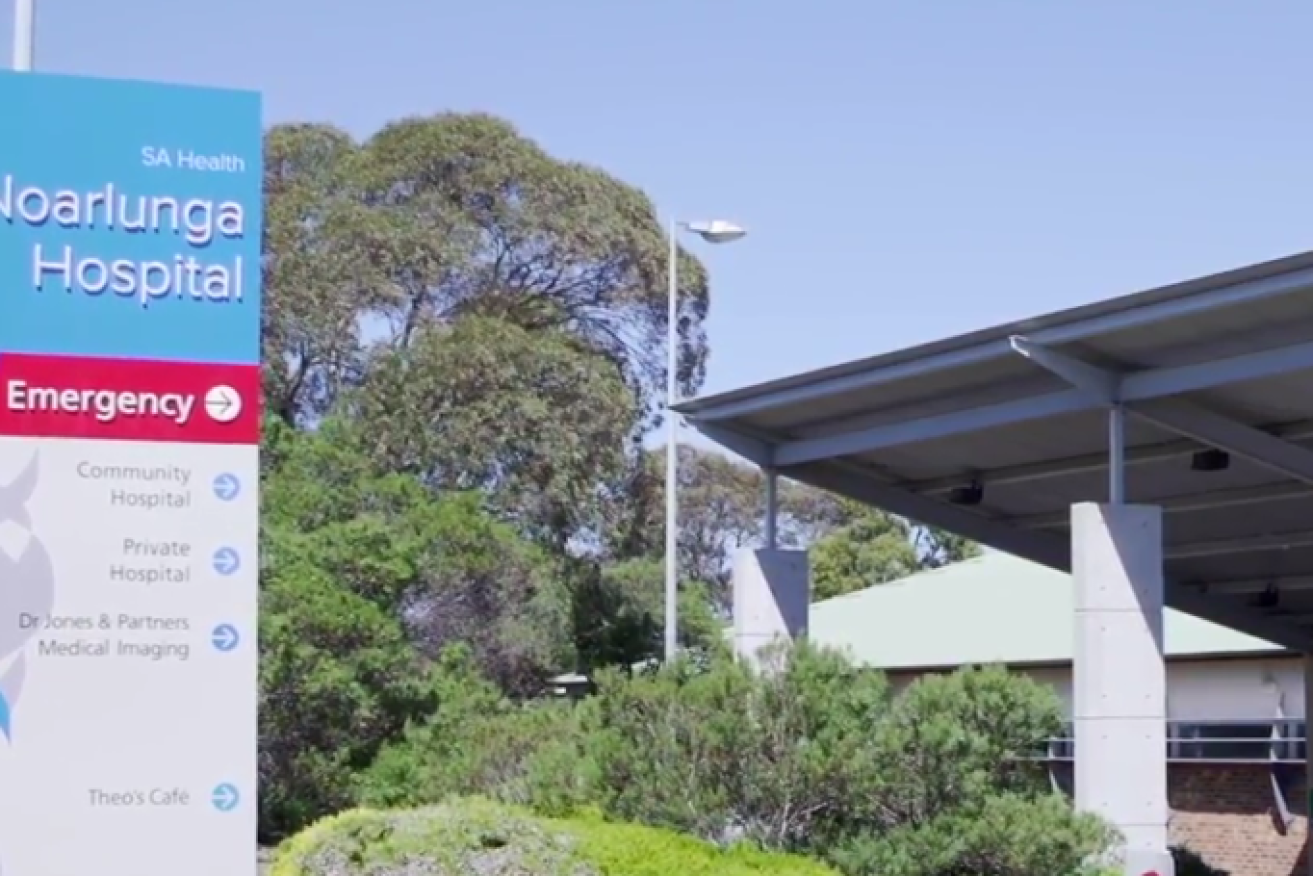Psychiatric patients still sharing rooms despite coroner warning
Psychiatric patients are still sharing rooms in South Australian public hospital wards, six months after the Coroner’s Court called for the practice to be banned and seven years after a man was killed by his mentally-ill roommate.


Photo supplied
The Chief Psychiatrist says “the risk remains a concern” and his office will continue to monitor how it is managed.
Deputy State Coroner Anthony Schapel put SA Health and the Health Minister “on notice” in December, recommending room-sharing “no longer be permitted” in psychiatric wards.
But SA Health has revealed that three mental health units are still allowing patients to share rooms, although there are “requests” for approval from the Health Minister to move to single rooms.
Costings are also being sought for extra security measures such as swipe cards and emergency buttons.
Schapel warned authorities that detaining mental health patients together was “a highly undesirable practice” and said there was “a certain inevitability” someone would be killed.
His recommendation followed an inquest into the death of a patient in the psychiatric ward of Noarlunga Hospital – the Morier Ward – in August 2014.
Stephen John Barton, 43, was strangled during the night as he slept by his 23-year-old roommate Lindon Sekrst, who was suffering from an ice-induced psychosis.
A response from SA Health to the Deputy Coroner’s recommendations, tabled in State Parliament last week, shows authorities have failed to implement the advice to discontinue room-sharing.
“There are dual bedrooms currently in use at three mental health units in South Australia across three Local Health Networks,” the response states.
“All services have in place plans and or requests to move to single occupancy rooms through capital works projects.
“These projects will require approval from the Minister for Health and Wellbeing prior to submission to the Department of Treasury and Finance.”
SA Health says that while some rooms remain shared, “the furniture within the rooms is configured to provide privacy for each person”.
It states that the Office of the Chief Psychiatrist “is continuing to have discussions” with the Central Adelaide Local Health Network about the recommendation.
SA Health’s response says there are a “variety of mitigation strategies” across Local Health Networks, including “nursing management” of patients in shared rooms.
“Nurses regularly discuss room arrangements with patients and frequently move or swap patients to minimise any conflict and/or disagreement,” the report says.
It says “patients of high concern are placed in single rooms and/or moved closer to the nurses’ station to allow for closer observation”.
“In addition to this, doctors routinely ask patients about their perception of safety on the ward,” it states.
The report says dual occupancy rooms continue to exist in one unit at forensic psychiatric facility James Nash House.
“The cohorts of people in this unit are preparing for transition to the community and room sharing is used as part of the assessment process for community readiness,” it says.
“Room sharing dynamics are monitored daily and in ward rounds to consider any risk issues.”
The report says the Southern Adelaide Local Health Service – responsible for the Morier Ward where Stephen Barton was killed – is obtaining quotes for swipe cards for individual room access as well as fixed emergency buttons in dual occupancy rooms.
“Swipe cards will ensure that only patients residing in a room, or those they invite, will be able to enter,” the report says.
“This will reduce the risks not only of violence, but of conflict, theft, and assault in general.”
The report says fixed emergency buttons in dual rooms “would be separate to the duress alarm that would trigger a local alarm on the ward”.
“The Office of the Chief Psychiatrist welcomes the use of fixed emergency buttons in dual occupancy rooms as a temporary strategy and has had previous discussions with SALHN on the use of mobile alarms for consumers,” the report says.
“Those discussions will continue as fixed alarms have some limitations.”
In his findings, Schapel said “it was not so much a question of whether such an incident would occur and when, but to whom”.
“To my mind this state of affairs continues as long as dual accommodation arrangements exist…,” he said.
Chief Psychiatrist Dr John Brayley told InDaily “the risk remains a concern, and my office will continue to monitor how this is managed”.
“One Local Health Network will be installing fixed duress buttons for patients and the effectiveness of this will be assessed, noting that in the UK work has occurred providing mobile duress buttons to patients,” he said in a statement.
Brayley said the use of single rooms was now standard practice for new hospital designs and future renovations.
“Across metropolitan hospitals there are two general mental health units, one forensic rehabilitation unit, and one unit used for sub-specialist care (eg eating disorders, anxiety disorders and gambling disorder) that range from having some shared rooms, up to all shared rooms,” he said.
“In the interim, while these facilities continue to be operated, hospitals use a range of risk mitigation strategies related to the allocation of rooms, and levels of observation.”
InDaily has asked Health Minister Stephen Wade for a response.
Schapel declined to comment when asked for his thoughts on the delay.




